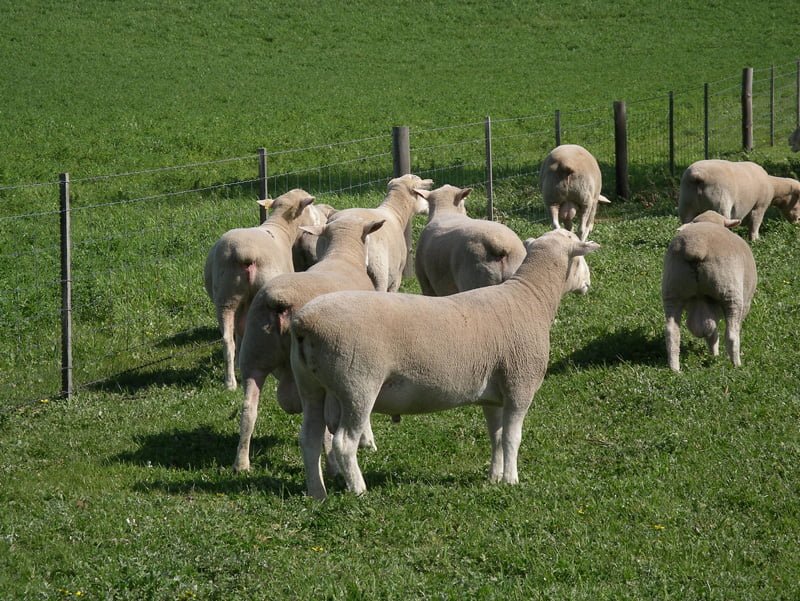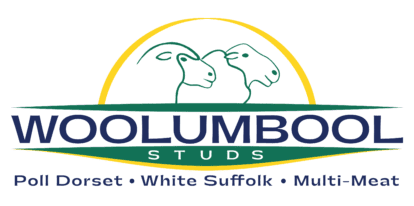With more than 250 rams up for grabs, there will really be something for everyone at this year’s Woolumbool sale.
And with all lots being offered at 12 to 13 months of age, buyers can be assured the latest - and best - genetics will be available, and they’ll have a long working life ahead of them.
Woolumbool principal Aaron Clothier said the current season at their Southeast South Australia property has been “one of the best we’ve had in a long time”.
“There is plenty of feed on the ground and all stock are growing well - our rams are fully paddock reared with no supplementary feeding, so they are ready to go,” he said.

“We listen to the lamb industry and our producers and what they are telling us, and we aim to breed sires to suit that need.”
Woolumbool will have about 80 Multi-Meat rams for sale this year, with 60 homozygous Booroola fecundity gene, and 20 heterozygous.
Homozygous sires will produce offspring that carry one copy of the high fertility ’Booroola’ gene, while heterozygous sires will produce 50 per cent progeny with the gene.
On-farm trials have seen Multi-Meats rear up to 30 per cent more lambs on average, and Woolumbool aims to breed rams that produce moderate sized first-cross ewes with high lambing percentages.
But it isn’t just increased fertility which the Multi-Meat rams can offer commercial producers.
Mr Clothier said they were focusing equally on growth and decreasing the fleece micron of the Multi-Meat sheep.
“We are working on fibre diameter, fleece weights, meat eating quality with increased resistance to internal parasites,” he said.
“We’ve been aiming, and achieving, to make the wool finer for nearly a decade as we know that this is where producers can make higher returns on their wool as well as having increases in Lambing percentage”.
“What we are aiming to do is breed a maternal sheep that can produce a finer cross-bred wool - for instance we recently had a line of our own crossbred (Multi-Meat cross Merino) wool from this year’s XB yearlings test at 23 micron.”
Genetic improvement is also at front of mind in Woolumbool’s Poll Dorset and White Suffolk flocks, Mr Clothier added.
“We are using DNA to improve ASBV and pedigree accuracies and help target hard to measure traits that we can’t see visually, to speed up our genetic gain so our client’s genetic gain is rewarded too.
“In both the White Suffolk and Poll Dorset flocks we are targeting higher growth, good eye muscle, low worm egg counts and improving meat-eating quality, meaning intramuscular fat and shearforce.
“This means producers can turn off lambs quicker, with more eye muscle, and a meat-eating quality that the end consumer wants as this is where we believe the lamb industry is heading - the premiums haven’t kicked in yet, but they aren’t far away.
Woolumbool are members of two high performance breed groups - Meat Elite in Poll Dorsets and SuperWhites in White Suffolks - which allow them to utilise superior genetics across both breeds.
“Our Poll Dorset AI sires come out of the Meat Elite group, and recently that has included Bruan 190007 and Felix 200972,” Aaron said.
“Along with that we are using our own bred rams, and most commonly our own ram lambs to access the very latest genetics.”
Last year’s Woolumbool sale was described as offering tremendous value to clients, with 213 rams averaging $1359.
This year, Woolumbool will offer specially selected and flock Poll Dorset, White Suffolk and Multi-Meat rams at their 36th annual spring sale.
The auction will commence at 12pm South Australian time on Wednesday 4 October 2023, at the Yacca Downs Woolshed, Woolumbool, SA.
For the latest news & sale updates, please visit www.woolumbool.com.au or Woolumbool Studs Facebook Page.
